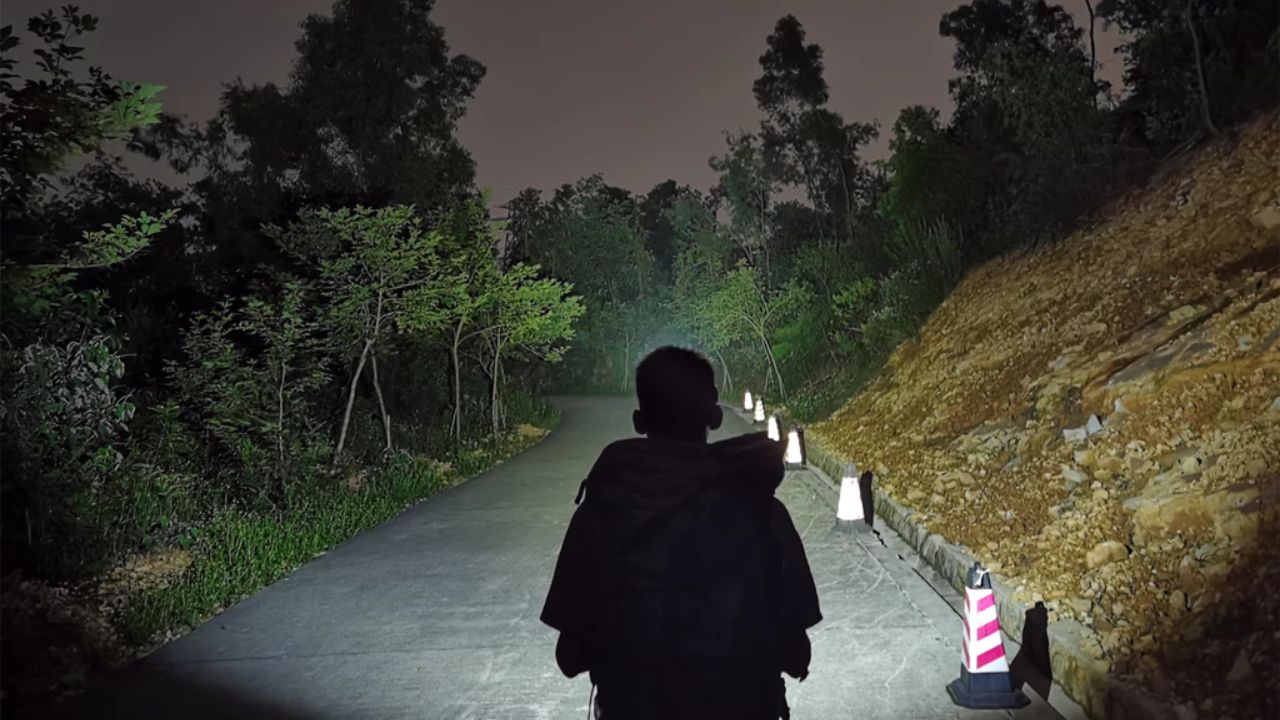It is always important to plan and organize for survival, and when it comes to vital accessories, one cannot discard the effectiveness of a good flashlight. However, not all flashlights are the same, particularly not for situations where one's life is on the line.
Choosing the appropriate flashlight will make a difference in survival and requires considering some aspects: durability, type of power source, intensity, size, and other unique features.
From the options outlined in this guide, you will be able to select the appropriate flashlight to serve you in the right manner during emergencies. If you are looking for a reliable flashlight that will meet your requirements and be efficient in its work, then the products of Wuben Light will be perfect for you.
7 Essential Points To Consider When Choosing A Flashlight For Survival Situations
1- Durability: Built to Last
Practicality is inherent in a survival flashlight, and that means it has to be long-lasting. This should be able to resist various forms of shock such as weather elements such as rain, hail, snow, effects of extreme cold or heat, impact, falls, vibrations, and even emersion in water, among others. Select models that are made out of rugged materials, including anodized aluminum, which is resistant to corrosion and not easily scratched. The flashlight should be strong and capable of withstanding shocks, and if possible, it should be rated IPX-8, which denotes that the equipment is protected from water immersion that is more than one meter for some time.
2- Power Source: Keeping the Lights On
The battery type is pivotal when picking a survival flashlight. Rechargeable lithium-ion batteries deliver compact power but may falter without electricity access. In contrast, disposable AA or AAA batteries ensure reliability in off-grid situations. Some flashlights accommodate both, providing versatility. Always include spare batteries, ensuring your flashlight remains a dependable ally, regardless of the power source. This thoughtful selection ensures preparedness and adaptability in any survival scenario.
3- Brightness: Shedding Light on the Situation
Lumens measure a flashlight's brightness, yet a higher lumen count doesn't necessarily mean superior quality. Flashlights with many lumens are excellent for covering broad areas and signalling, but they tend to use up power much faster.
Select a flashlight with adjustable brightness modes; this means that it will have a low-power setting to use when you need normal light for work. An emergency SOS or strobe mode can also be invaluable for signalling rescuers in distress situations.
4- Size and Weight: Portability Matters
In survival scenarios, every ounce matters. Your flashlight should be lightweight and compact enough to carry without sacrificing performance. Consider where you’ll keep your flashlight — whether attached to a belt, within a pocket or stowed in a backpack — and weigh this against its size and portability. A well-designed flashlight strikes a balance, offering substantial output and durability without being cumbersome.
5- Additional Features: Beyond the Beam
Modern flashlights come equipped with various features that can enhance their utility in survival situations. A bezel with a serrated edge can serve as a self-defense tool or glass breaker. Models with a red-light mode preserve night vision, which is essential for night navigation without blinding others. Also, consider a flashlight with a hands-free option, such as a clip or magnetic base, which can be incredibly useful for tasks like setting up shelter or providing first aid in the dark.
7- User Interface: Simplicity is Key
In an emergency, complexity is the enemy. The best flashlight is the one with a clean interface allowing one to easily toggle between any modes or light intensities without having to go through numerous options. As you search for a flashlight, ensure it is designed so that it would not be too challenging to use it with the other hand if emergencies arise.
Conclusion
When it comes to choosing a perfect flashlight for use in survival, moderation is the word to remember. It is about choosing a light that is suitable for a certain circumstance but also has the functionality to conquer other unknown obstacles. As a general rule, the most valuable flashlight is the one that you always have with you; thus, it is just as important to consider accessibility and convenience in addition to basic specifications and features.


